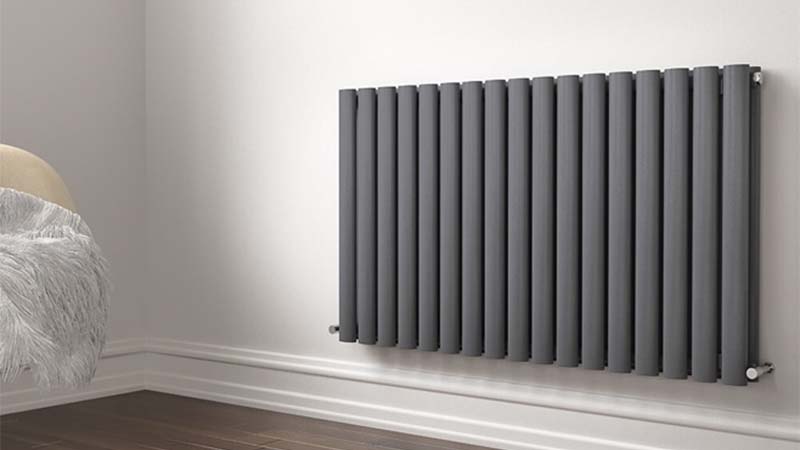It’s essential to educate yourself on the estimated cost of a home radiator replacement to help you avoid overpaying, or paying for the wrong thing. So, how much does radiator replacement cost?
Radiator replacement costs anywhere from $100 to $2,500 per unit or $1,500 on average, with cost factors boiling down to the capacity, type of unit, and labor. Even the most resilient radiator is susceptible to malfunctioning, turning your house into an icebox in the winter.
To help you make the best choice for your home and wallet here is all the information you need to know about radiator replacement costs.
How Much Does It Cost to Replace a Radiator?
The type of radiator, the material, the style, the size, labor costs, and whether a new boiler is required all affect how much it costs to replace a radiator unit.
Type of Radiator
Your choice of radiator type has a significant impact on the final cost. Hot water radiators are more affordable than steam radiators, which are priced at the upper end of the spectrum. The various radiator types are broken down here.
Hot Water Radiators
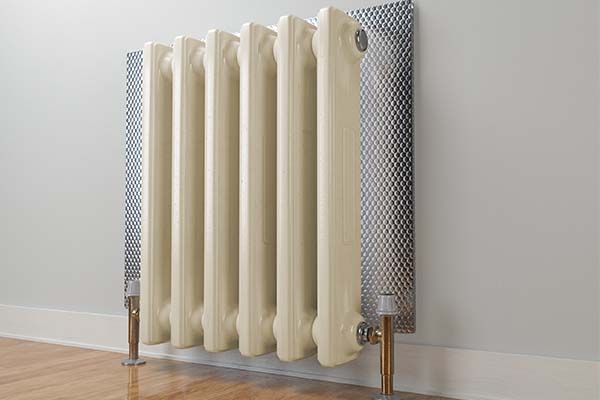
Hot water radiators range from $100 to $1,000 per unit. The size you’ll need, the quantity of piping, and whether you can use the old piping with the new heater’s piping are what determine the wide price range. If you don’t have piping installed, the cost will rise significantly. One-pipe systems or two-pipe systems are both options. One-pipe systems are more affordable, while two-pipe systems are more expensive.
Electric Radiators
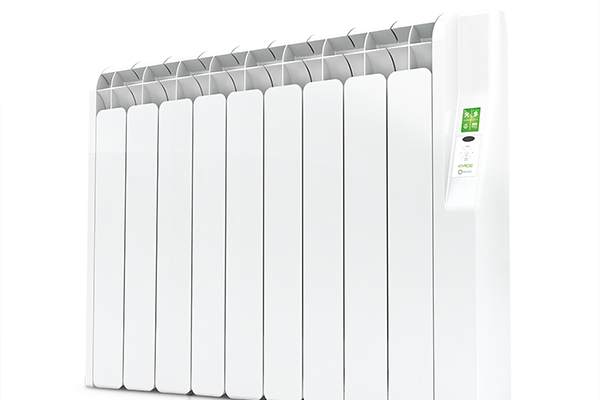
The price for an electric radiator ranges from $200 to $1,500 per unit. These appliances typically require only that an electrician install the wiring and connect the thermostat, making them easier to install. Therefore, compared to steam radiators, which are more complicated, you might pay less for labor.
Steam Radiators
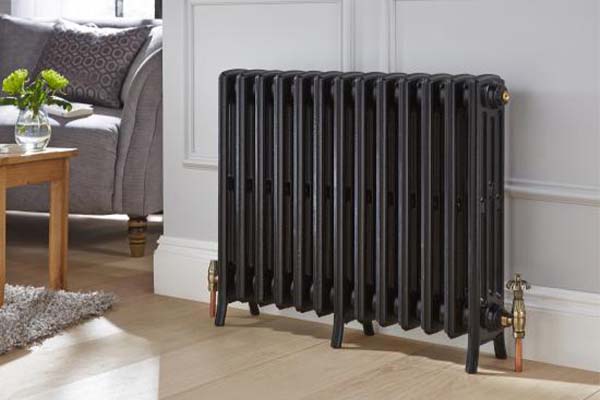
Steam radiators come in at the highest price point, ranging from $300 to $2,500 per unit. This is because installing the system requires a lot of pipes and valves. Steam radiators can have one pipe or two pipes, just like hot water radiators. Systems with two pipes are most expensive, while single-pipe steam radiators are closer to the lower end of the price spectrum. If you opt for a two-pipe system, though, you’ll get a more effective appliance with a longer lifespan.
Material
Your radiator’s material also impacts the price, costing anywhere from $200 to $1,000. Stainless steel radiator systems typically cost more than traditional cast iron radiators.
Cast iron radiators: $200–$700
Stainless steel: $400–$1,000
Style
The cost of a radiator can range from $65 to $1,500, and there are many different styles available.
Baseboard Radiators
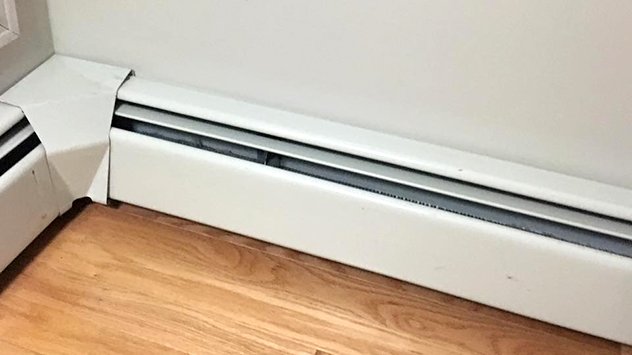
The cost of baseboard radiators ranges from $65 to $1,000 per heater. The cost of hydronic baseboard radiators is marginally less than that of electric baseboard radiators. There isn’t a steam version of baseboard radiators.
Single-Panel Radiators
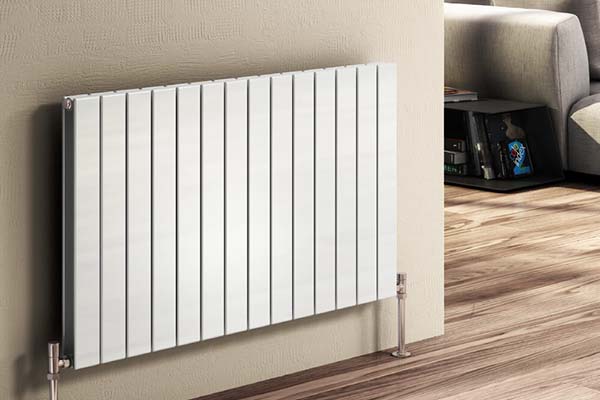
You’ll pay between $80 and $300 for single-panel radiators, with electric panels falling in the $80- to $150-range and plumbed radiators coming in a little more—between $100 and $300.
Flat-Panel Radiators
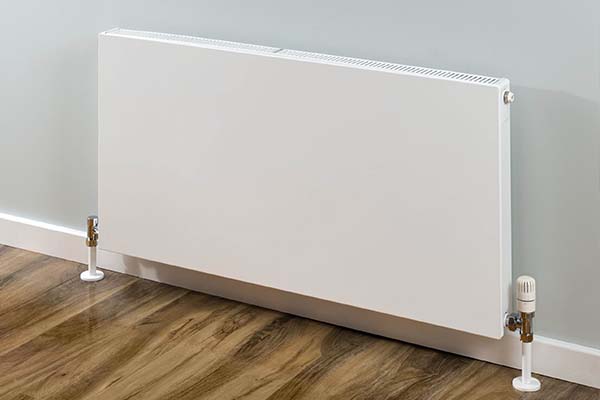
The price of a flat-panel radiator falls between $80 and $300. Between $100 and $300 is the typical price range for hydronic flat-panel radiators, compared to between $80 and $150 for electric models.
Freestanding Radiators
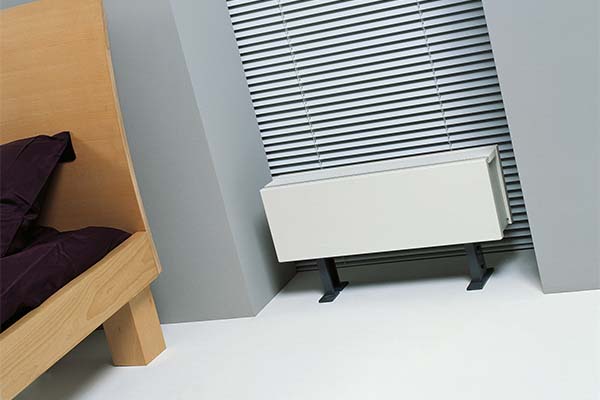
A freestanding radiator costs between $200 and $1,200 on average. Plumbing-based freestanding radiators are significantly less expensive, costing between $200 and $500 as opposed to $300 to $1,200 for an electric freestanding radiator.
Column Radiators
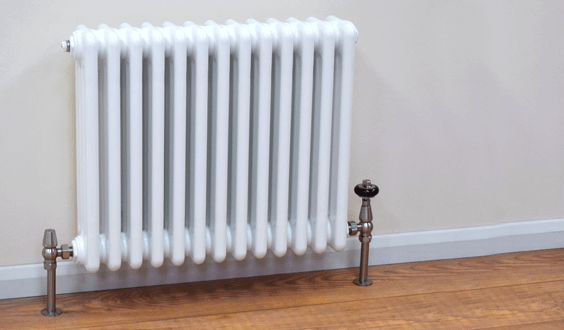
You’ll spend between $200 and $1,200 per column radiator. At $200 to $1,000 and $300 to $1,200, respectively, plumbed radiators are slightly less expensive than electric columns.
Towel Rail Radiators
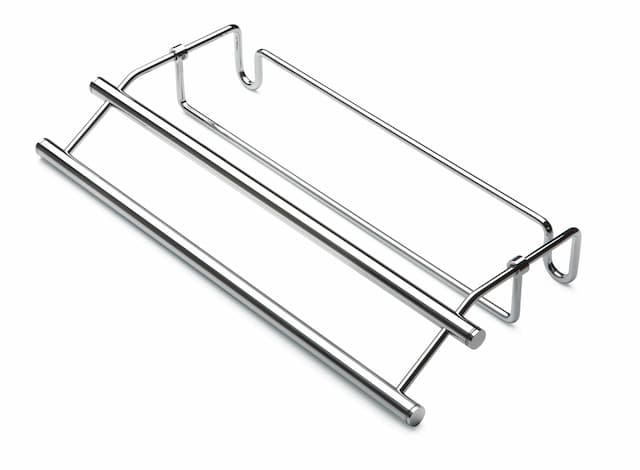
You guessed it—this type of radiator heats towels. Additionally, fabrics or clothing can be heated. You’ll spend between $200 and $1,200 for a hot water or convection heated towel rail, depending on the size.
Dual-Panel Radiators
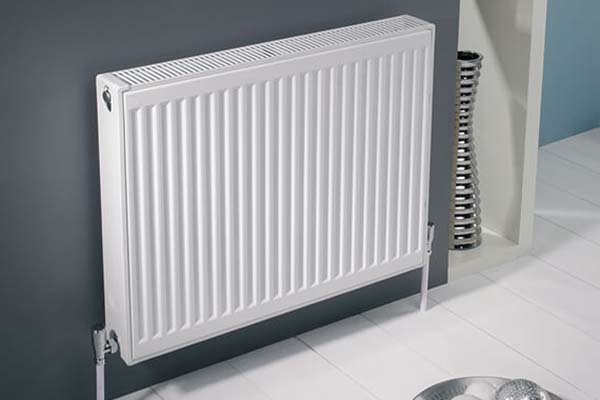
When compared to a single-panel radiator, a dual-panel radiator has twice as many fins and heats rooms more efficiently. As such, it comes in higher on the price range, between $300 and $1,500. Electric dual-panel radiators range in price from $300 to $1,500, while plumbed dual-panel systems typically cost between $300 and $500.
Radiator Size
There are several different sizes for radiators. British thermal units (BTUs) are used to measure radiators that are plumbed into HVAC systems, while watts are used to measure electric radiators. Generally speaking, the price to replace a radiator increases with its size. The costs listed below only apply to materials; labor costs to install the radiator will increase the overall project cost.
- Priced between $200 and $500, a small radiator has a 3,000 BTU output.
- Priced between $500 and $700, a medium-sized radiator has a 7,000 BTU output.
- It typically costs between $600 and $1,200 to purchase a large radiator with a 12,000 BTU output.
The price of an electric radiator is similar. The following are some examples of electric radiator costs, not including labor:
- Between $100 and $500 is the price range for small 400-watt radiators.
- The price range for a medium-sized radiator with 700 watts of heating power is $500 to $900.
- Costs for large 1,000 watt radiators range from $900 to $1,500.
Radiator Orientation
Some radiators, like baseboard models, must be horizontal, while others can be arranged to fit the style and available space in a room. Although the size of a radiator has a significant impact on its price, homeowners should also take its orientation into account when estimating project costs.
For instance, the price of a horizontally plumbed unit ranges from $100 to $1,000, while the price of a vertically plumbed unit is slightly higher, ranging from $300 to $1,200.
When it comes to electric appliances, the price disparity between horizontal and vertical radiators is slightly more obvious. A vertical electric unit can cost up to $2,000, while a horizontal unit can be purchased for $300 to $1,200.
Cost by Area in the Home
On average, adding radiators to three standard-sized rooms requires 10 to 15 radiators, which costs between $15,000 and $22,500. Instead of heating the entire house, most homeowners choose to heat only certain rooms in their houses with radiators.
Labor
Radiator replacement labor costs range from $50 to $100 per hour for the majority of HVAC specialists. If there are no extensive repairs in the immediate area, changing a radiator is a fairly quick process that shouldn’t take more than two or three hours.
For instance, prior to installing a new radiator, flooring or drywall around the leaky radiator may need to be repaired. Depending on the variety and severity of the problems, more than one contractor may also be needed.
The level of experience a contractor has can also affect labor costs. The cost of a professional’s labor tends to increase with experience. A job’s difficulty can have an effect on labor as well. Labor costs are more likely to be lower for relatively simple tasks than for those requiring additional steps.
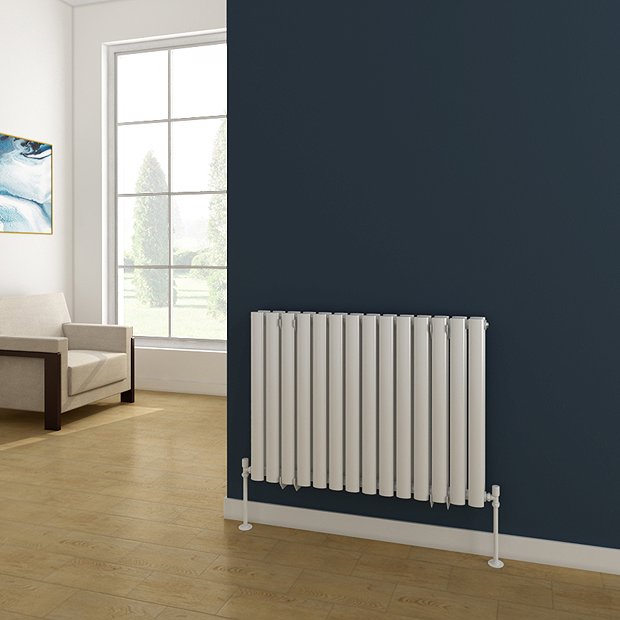
New Boiler Costs
You may need to buy a new boiler as well if you’re installing a new radiator system or need to completely replace your current system. The price of a boiler can range from $580 on the low end to $12,000 on the high end.
Boiler Installation Costs
Labor costs to install a boiler typically range between $1,500 and $2,500, depending on where you live. If you choose to fix your boiler instead of replacing it, the cost to hire a boiler installer near you to repair a boiler can range between $200 and $600.
Cost to Install a Radiator Yourself
Electric and plumbed radiator systems need a specialist’s knowledge to be installed properly. You shouldn’t try to DIY radiator installation unless you have prior experience. If you do have experience, all that would be required of you is the radiator’s price. As a result, your costs will vary depending on the type and material of radiators you choose as well as their quantity. To DIY, you’ll probably spend anywhere from $65 on the low end to $1,500 on the high end.
- Cost vs. Do It Yourself Installation Hiring a Contractor
Installing a radiator yourself will save you between $100 and $800 on installation fees. Electric units install in two to three hours, while plumbed radiators take three to four. A professionally installed plumbed system will cost you between $200 and $800, and an electric radiator installation will cost you between $100 and $600.
It’s best to leave the installation to the experts once more. An HVAC technician near you has the skills needed to handle the potentially hazardous installation.
Replacing Vs. Repairing a Radiator
The average radiator lasts for at least eight years. If your radiator is only a few years old, you should think about fixing it rather than buying a new one. The cost to repair a radiator is between $100 and $500, which saves you $1,000 to $1,400 if the cost to replace your unit is the average price of $1,500.
Here are the most common radiator repair problems and their estimated costs.
Bleeding the Radiator
If your radiator feels cold at the top and warm at the bottom, you may need to bleed the radiator. The price range for this is between $100 and $200.
Sloping the Radiator
Your radiator might have the wrong slope if it bangs or gurgles loudly while operating. It is recommended that radiators slope. A straightforward 1/4-inch wood plank, which will cost you only a few dollars, might be able to solve this problem.
Valve Leaks
Water may be dripping from a valve if you notice it around the radiator. Some leaks can be fixed by simply using a wrench to tighten the nuts, but others call for the assistance of a professional to locate the source. The price range for this is between $150 and $600.
Clogs
The cost to repair a clogged radiator ranges from $200 to $450. You might notice that your radiator won’t heat all the way up if debris has accumulated inside of it. It will need to be completely replaced if it is too corroded.
Cracks
You’ll need to chip in between $175 and $400 to fix your radiator if it gets cracked. Your expert might advise purchasing a new radiator if the radiator’s crack results in a significant leak.
- Home radiator replacement cost: The type of radiator in question, its size, and even where it is located in your home (bathrooms and hallways tend to be less expensive, while bedrooms and basements are more expensive) will all have a significant impact on the overall cost to replace a radiator. The average cost of replacing a radiator across the country, according to Fixr.com, is between $1,000 and $3,500. However, some replacements can be completed for as little as $500 on the low end and as much as $8,600 on the high end. Radiator replacements typically cost between $1,500 and $2,500.
- Boiler replacement cost: Frequently, the boiler needs to be replaced rather than the radiator. The cost of replacing the most expensive component of the system can range from $1,500 to $15,000. However, most homeowners spend about $8,362 on average. The boiler type also has an impact on the price, even though size and efficiency are the main drivers of cost. While geothermal heat pumps are more expensive up front but will reduce your energy costs in the long run, traditional gas and electric-powered boilers are typically less expensive.
- Labor and installation cost: An at-home radiator replacement should never be attempted by the DIYer. Hire a qualified professional to handle any repairs or replacements, and make sure to compare multiple bids before choosing someone. The price of installation will change depending on the type of system. Installing a plumbed (hot water and steam) radiator system will cost you between $600 and $800, and installing an electric radiator system will cost you between $200 and $450.
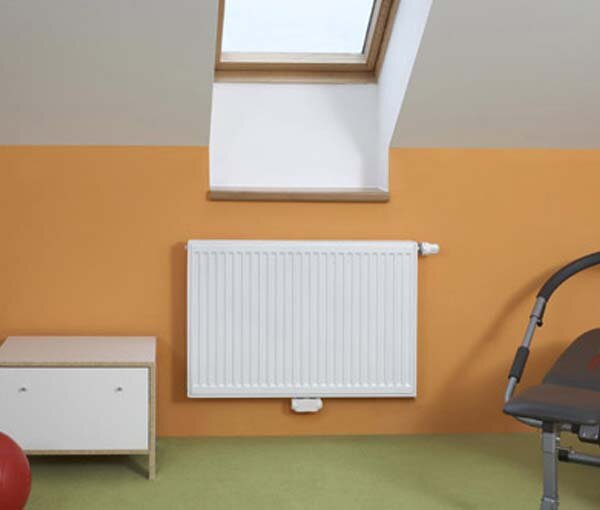
How to Know If Your Home Radiator Needs Repair?
What tells you that your home’s radiator needs repair? The obvious one is a lack of heat (or too much heat), but drips, odd noises, and vibrations from the appliance can also be indicators.
It’s time to call in a pro—a certified and licensed heating specialist—to determine whether your home’s radiators need to be repaired or replaced. They will check the pipes, the boiler, the radiator for leaks, and the valves for problems. Once the initial diagnosis has been made, the contractor can give you an estimate for the repairs that must be made or, if replacement is required, the radiator replacement cost.
How to Save Money on Radiator Replacement Cost?
It can be difficult to determine the price of a new radiator. A replacement project could occasionally exceed its allocated budget because there are so many factors to take into account. The following money-saving advice is important for homeowners to remember in order to increase the likelihood that their replacement radiator will be affordable.
- Instead of replacing, repair. Although it might not always be possible, choosing to repair a radiator rather than replace it can result in significant upfront savings. Only if the unit is still relatively new and is not anticipated to need numerous additional or repeated repairs in the near future should repair be considered.
- Select a replacement that is similar.To do this, track down a radiator unit that is identical to the old unit in terms of size and design. Finding an exact match prevents the need to lift floor boards to access pipework or deal with pipe dimension changes, both of which incur additional labor and material costs.
- Maintain regular maintenance. Avoiding a radiator replacement in the first place is the best way to save money on one. As long as it is maintained properly, a radiator can last for decades, so it is advisable to maintain regular checks for leaks or cracks in the pipes, annual bleeding of hot water heaters, and regular air vent cleaning.
- Compare prices for replacements.A subpar replacement may result from selecting the first or cheapest radiator contractor. Get quotes from several contractors, and instead of focusing solely on price, evaluate them for experience and value.
- Spend more now so you can save more later. It may be wise to choose an energy-efficient unit over a standard model if a replacement is required. An energy-efficient radiator can save money on heating costs over time, so even though it will initially cost more, it will eventually pay for itself. Consider the costs involved before deciding on a model because radiators are incredibly efficient heating systems as-is.
Check for How Does a Boiler Work?
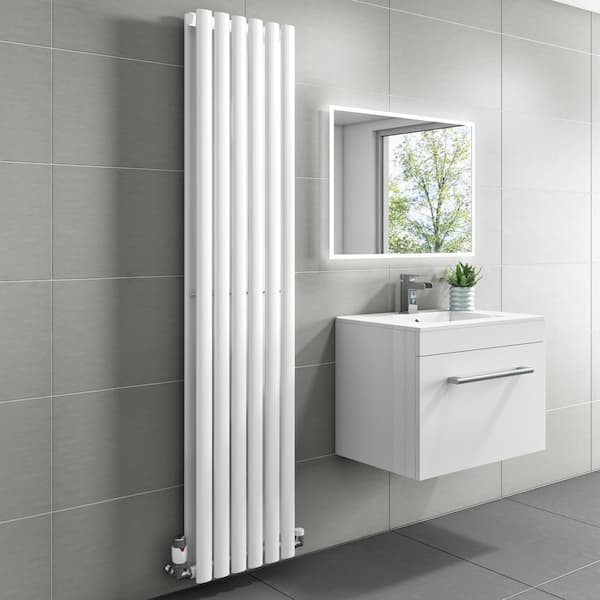
How to Pay for Replacing a Home Radiator?
The total cost of parts and labor for an unanticipated radiator replacement could range from a few hundred dollars to several thousand. Don’t become anxious if you don’t have that much money in your bank account. For urgent home repairs, there are many different financing options.
Personal Loan
A personal loan will typically be the simplest and best financing option for home radiator replacement projects because you won’t need to borrow a sizable sum of money to complete the job. With a personal loan, you might have the required money in your bank account in as little as one day if you have good credit. You can even apply for a loan online without having to go to a bank or credit union, and you won’t have to put up your house as collateral. Small home improvement projects of this nature are ideal for personal loans.
Home Equity Loan
You might need to take into account a home equity loan if you need to overhaul your entire home heating system and the estimated costs are at least $10,000. With this choice, you can take out a one-time loan against the equity you already have in your home, acting as a second mortgage. However, if you only need a few hundred dollars to buy a new radiator, this won’t be an option because the majority of banks won’t grant a home equity loan for that amount. This kind of loan is also secured by your house, so if you can’t repay it, your house could be in danger.
Home Equity Line of Credit
Home equity lines of credit, also known as HELOCS, commonly have a $10,000 minimum draw amount. HELOCs operate more like a credit card than a lump sum loan, despite the fact that you are borrowing against the equity in your home, in contrast to home equity loans. You can take out as much credit as you need from the line of credit as needed, and you only have to pay interest on the amount you take out. Again, this is really only an option if the cost of replacing your home radiators exceeds five figures, which is unlikely to happen unless you choose to replace your entire home heating system.
Read about How Long Does It Take for Pipes to Unfreeze?
FAQs
Should I Repair My Radiator, Or Should I Replace It?
Cost and unit age are the two main factors to take into account when homeowners are deciding whether to repair or replace a radiator. If the cost of repair is high for an older unit, replacing it may be more cost-effective; however, if the unit is still relatively new, repairing it may be more feasible and may even increase its lifespan.
Are Broken Radiators Dangerous?
When a radiator isn’t working properly, owners and family members should avoid it until a technician can look it over. It doesn’t take much to cause an injury (and, in extremely rare circumstances, death) due to the heated metal and hot steam.
How Long Do Radiators Last?
Radiators have a long lifespan. An old-fashioned cast-iron hot water radiator can last for many years. Such a device might even last over a century with proper maintenance. The typical lifespan of a modern electric unit is 20 years. Performing routine maintenance is the best way to lengthen the lifespan of a radiator.
How Do I Check If My Radiator is Working?
When a home is still cold even with the thermostat turned up, it is most likely that a radiator isn’t working. The boiler can be checked to make sure it is set properly if a homeowner notices that the radiator doesn’t seem to be operating as it should. They can also check the heat pump or look for indications of air in the system. If a radiator isn’t working, other potential problems to look for include seized valves and low water pressure.
When Replacing a Radiator, What Else Should Be Replaced?
When a homeowner replaces a radiator system, a new boiler typically needs to be installed. With labor included, this may cost between $4,000 and $10,000. Some boilers, however, can be fixed rather than replaced. Costs for this range from $100 to $550.
Can I Replace My Radiator Myself?
It’s best to let the experts handle replacing a radiator. Radiators are extremely safe in general, especially when compared to other heating devices, but there is a lot to know about how a radiator works. A homeowner should call a technician for assistance when replacing a radiator in order to avoid injury or error.
Radiator Replacement Cost
So, how much does radiator replacement cost? Radiator replacement costs range from $100 to $2,500 per unit, or an average of $1,500, with cost factors coming down to capacity, equipment type and labor. Even the most resilient radiators are prone to failure and can turn your house into a refrigerator in the winter.
Consult a knowledgeable expert to identify the root of your problems before deciding that a replacement radiator for your home is necessary. If the radiator is the problem, it is frequently possible to fix it without having to replace it entirely. Ask for a price quote for a new radiator and any other repairs required to turn the heat back on if the professional determines that the radiator does indeed need to be replaced.
Thank you for reading.
